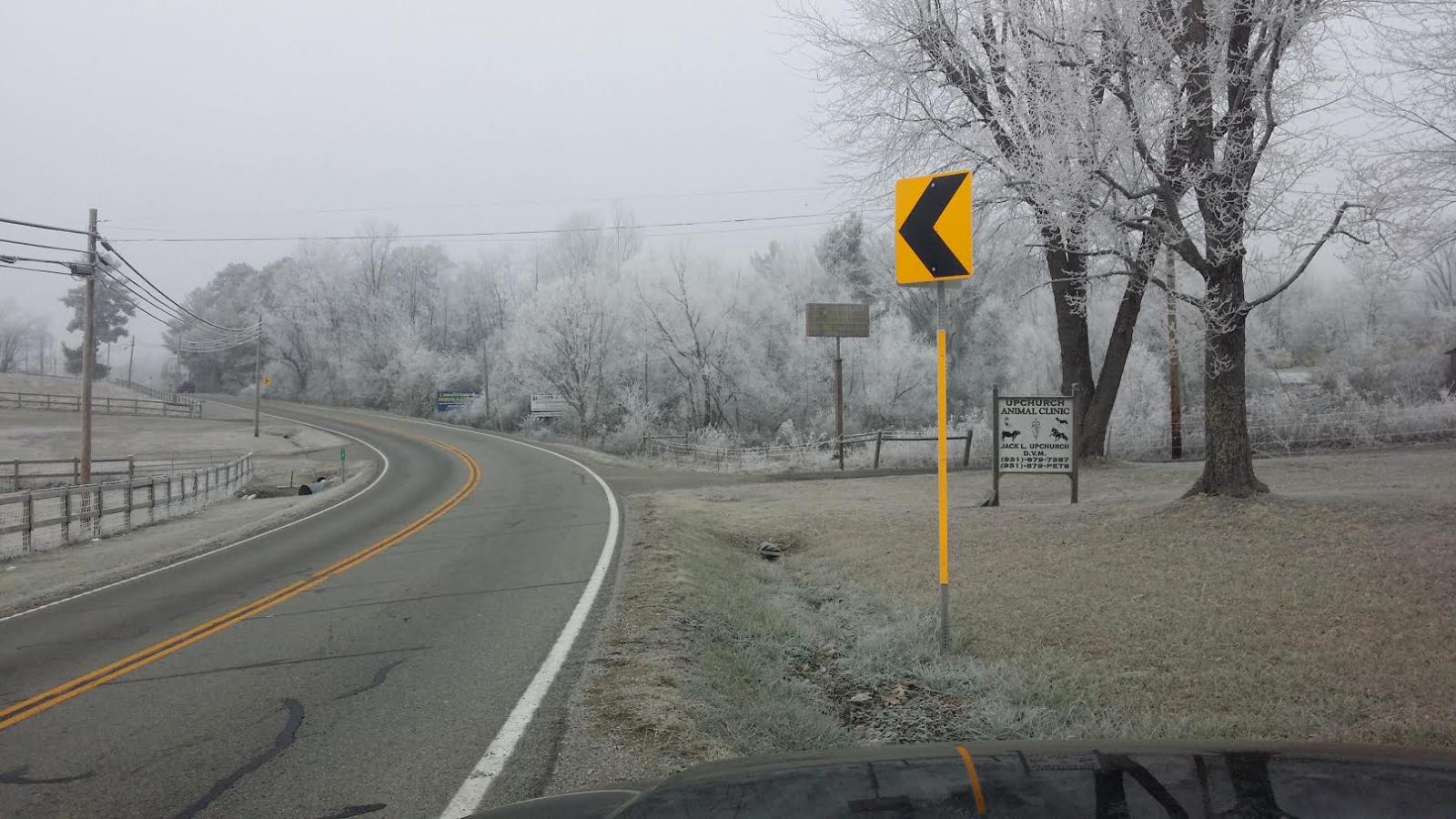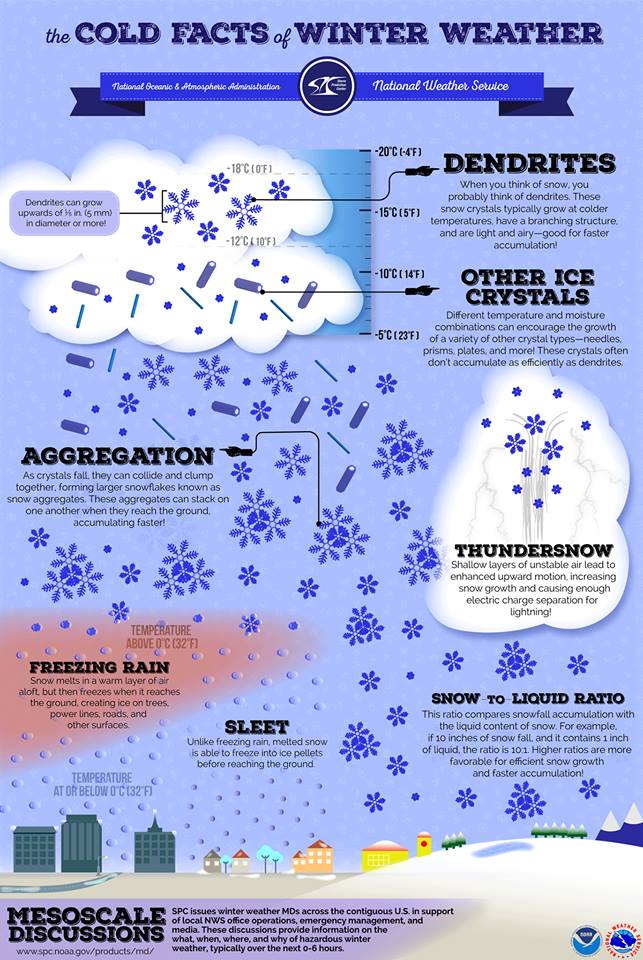Our office experienced an interesting phenomenon the morning of December 20th. A little before 5 AM, media outlets and other sources began to relay reports to our office about the development of patchy freezing fog across Middle Tennessee. By 7 AM, dozens of reports and pictures had been relayed to our office of what appeared to be a dusting of snow across the area.
A similar event was documented three years ago on the morning of December 11, 2013 in Millersville. On that particular morning, a National Weather Service employee was headed to work and had driven into an area of dense fog when he noticed that a very thin layer of snow was on the ground. When he stopped to get gas, he noticed that the air was filled with millions of very small grain type snowflakes. Even the interstate had developed a very thin coat of snow...and just enough to show tire tracks. Shortly thereafter, the sun came out and the freezing fog and spontaneous snow shower were nothing but a memory.


(Both of the images above were taken by a NWS employee on 12/11/2013)
Thanks to social media, more pictures were relayed to our office during the morning of the 20th than the similar event in 2013.
Here are a few pictures sent to our office via social media outlets.

(Image taken by Landon Loveall in Columbia)

(Image taken by Karen McCoy Lightfoot in Columbia)

(Image taken by Ashley Lanier Hicks in Columbia)

(Image taken by Elijah Brantley in Columbia)

(Image taken by Landon Angie Tosh in Columbia)

(Image taken by Caleb Banks in Spring Hill)

(Image taken by David Rutledge in East Nashville)

(Image sent to us by the Fentress County EMA Office)
This type of event may not be as unusual as we first thought, but only under reported in earlier times.
Across Middle Tennessee, dense freezing fog and low hanging stratus clouds developed in the presence of very cold temperatures in the teens to around 20 degrees. This particular combination led to an apparent "dusting" of snow across the area.

Freezing fog is a dangerous phenomenon since it can produce patchy black ice that is very difficult to see. In addition, the patchy nature of freezing fog can be very deceiving to drivers. You may be driving along in a fog free area with hardly any concern at all... and then pass into an area of freezing fog, where patchy ice exists and where, perhaps, an accident may have already occurred. The accident may be shrouded in the fog, out of sight. So, unless you slow down before traveling into the fog, you may not have sufficient braking distance to maneuver around such problems. This is exactly how accident pile ups can occur in areas of dense fog, freezing or otherwise.
So, the main lesson to be learned about driving in dense fog of any sort is to remain vigilant and slow down when passing through foggy areas. In addition, you should remember that it only takes a single path of ice to cause an accident.